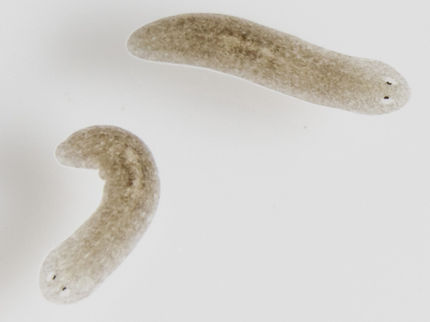Discovery of key pathway interaction may lead to therapies that aid brain growth and repair
Advertisement
Researchers at the Center for neuroscience Research at Children's National Medical Center have discovered that the two major types of signaling pathways activated during brain cell development — the epidermal growth factor receptor pathway and the Notch pathway — operate together to determine how many and which types of brain cells are created during growth and repair in developing and adult brains. This knowledge may help scientists design new ways to induce the brain to repair itself when these signals are interrupted, and indicate a need for further research to determine whether disruptions of these pathways in early brain development could lead to common neurodevelopmental disorders such as epilepsy, cerebral palsy, autism, Down syndrome, ADHD, and intellectual disabilities.
"By understanding how these cellular signaling pathways operate in the brain, we may be able to develop genetic or molecular approaches that target those signals to facilitate or induce regeneration of the brain from neural stem cells," said Vittorio Gallo, PhD , director of the Center for Neuroscience Research at Children's National. "These signaling pathways, normally activated during brain development, work in concert through the cellular microenvironment and through interactions with existing brain cells to determine how many of each type of brain cell are required for proper brain function."
These findings will be published in Nature. Dr. Gallo and the research team used an approach in a laboratory setting that modified genes involved in the two signaling pathways. This approach induced gain or loss of function, allowing researchers to change the properties of neural stem cells as they developed — including altering the size of the pool of neural stem cells in the brain, the number of viable neural stem cells, and types of brain cells these stem cells ultimately become.
Neural stem cells can develop into all major cell types of the brain. The discovery of the interaction between the two types of cellular signaling pathways is a critical step toward understanding, and potentially impacting, the molecular networks that regulate the cellular microenvironments, or niches, in which these neural stem cells operate.


















































